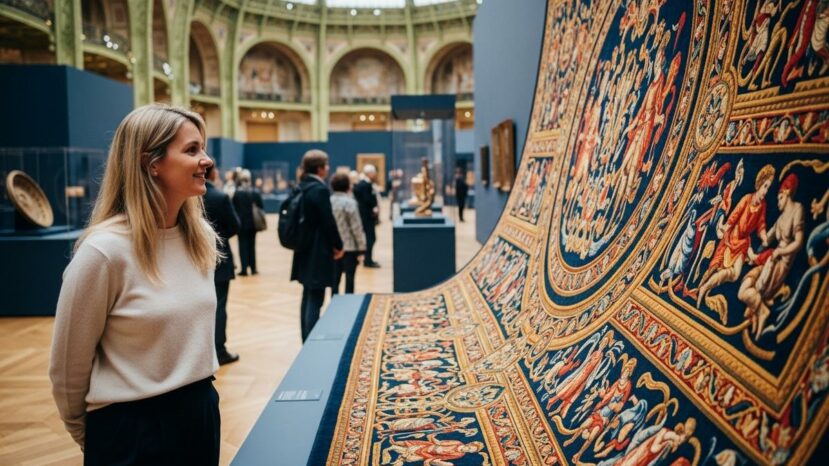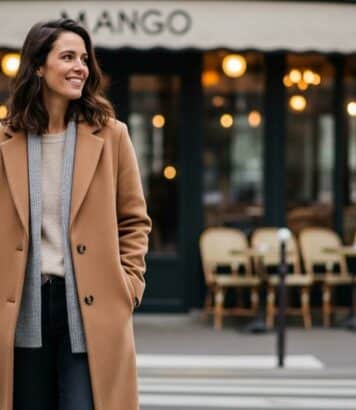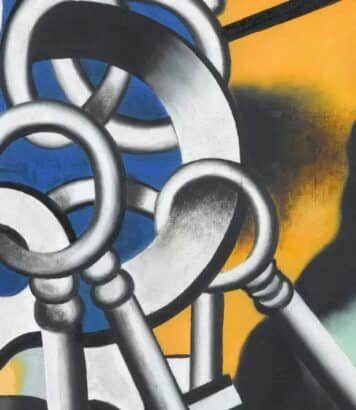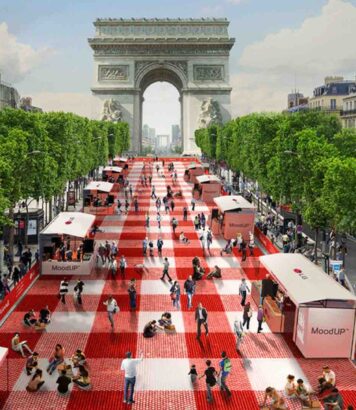Le Trésor retrouvé du Roi Soleil opens at the Grand Palais: never-before-seen works to be discovered in Paris

At the Grand Palais, an exhibition brings together works associated with the Sun King that have long remained out of sight. It showcases a rare heritage, restored and documented for a curious and sensory-savvy public.
Grand Palais: why this exhibition is an event
Entitled “Trésor retrouvé du Roi-Soleil” (“Sun King’s Treasure Regained”), the exhibition brings together pieces from reserves, depots and state collections. Visitors can thus follow a clear path between art, power and diplomacy. What’s more, the loans are structured around a clear narrative that places each object in its proper context. The Grand Palais serves both as a heritage showcase and an educational tool.
Manufacture de la Savonnerie – Order for 92 monumental carpets for the Grande Galerie of the Louvre. Woven between 1668 and 1688 to designs by Charles Le Brun, these carpets embody a political as well asan aesthetic program.
The curators focus on traceability, archival sources and stylistic comparison. As a result, each cartel focuses on concrete reference points, with dates and origins in mind. As a result, the whole gains in credibility while remaining accessible. The Grand Palais anchors this work in a precise material history.
“Making visible what we thought was lost, that’s the ambition.”
Power objects and workshops
Manufacture des Gobelins – Order for 92 monumental carpets for the Grande Galerie of the Louvre. Woven between 1668 and 1688 from designs by Le Brun, they form a mobile fresco dedicated to monarchical prestige.
The scenography provides breathing space, focusing on different materials and uses. The eye moves seamlessly from textile to metal to glass. Synthetic diagrams help to visualize ceremonial functions. Here, the Grand Palais acts as an overcast classroom.
- Variable hours depending on day and time of year
- On-site and online ticketing, slots recommended
- Priority PRM access and visitor aids
- Recommended visit time: 60 to 90 minutes
- Flash-free photos depending on room and instructions
Scattered relics are brought back into coherence thanks to new comparisons. In this way, workshops that are now far apart are finally able to talk to each other through the pieces. The story also highlights the role played by artists, founders, weavers and armourers. This pedagogy enhances the pleasure without sacrificing rigor.
A documented tour of the Grand Palais
Loans are based on restoration campaigns and recent research. In addition, the texts give pride of place to primary sources, where they exist. In short, the exhibition shows how a court shapes its objects and symbols. The Grand Palais makes it possible to embrace all this on the same stage.
Atelier de moulage du Grand Palais Rmn – Bust of Louis XIV (plaster, 1679). Two profiles meet: the majesty of the face and the strength of the neck, for a model of codified authority.
Atelier de moulage du Grand Palais Rmn – Bust of Jean-Baptiste Colbert (plaster, 1679). The Minister of Finance asserts his power of order, with concentrated features and an almost administrative presence.
Figures, weapons and symbols
Atelier de moulage du Grand Palais Rmn – Bust of Charles Le Brun (plaster, 1679). Here, the Director of the Manufactures asserts his rank, with his lively gaze and nervous drapery.
Louis XIV rifle – a masterpiece of Baroque goldsmithing. Decorated with mythological scenes and the motto “Nec Pluribus Impar”, it embodies the royal ideology on display at the Grand Palais.
What we take away from the Grand Palais
Louis XV bow case (offered by an Ottoman ambassador in 1742, Topkapi Palace treasury). In this way, the object tells the story of a subtle, coded diplomacy of gift-giving.
Colletin de Louis XIII (unique chased piece with allegorical tribute to the four continents). In short, a finely-decorated collar piece reveals the geopolitics of the court.
Half armor of Henri II (black and silver, silhouette and livery attested). The piece recreates the allure of a king on parade, between protection and public image.
Verre dit de Charlemagne – Syrian beaker from the XIIIᵉ century transformed into a reliquary chalice. As a result, the object shows how the West sacralizes material from elsewhere at the Grand Palais.





No comments
Post a comment
Always participate in accordance with the law and with respect for others.